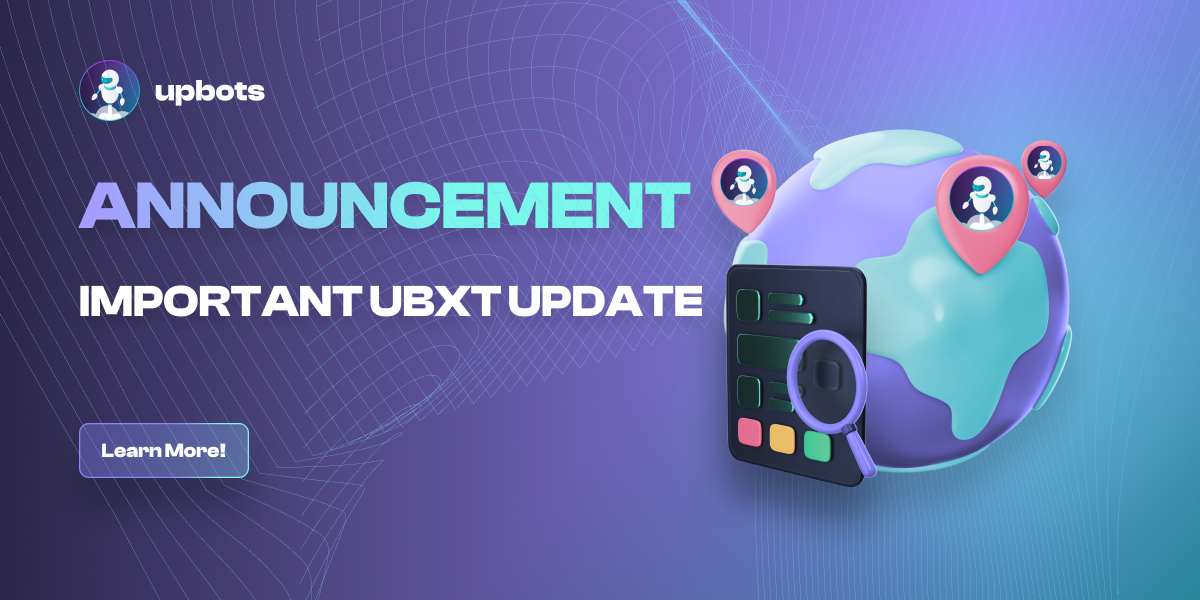
During the prvious week we discussed the subject of automatic trading by explaining the different varieties of algorithms like arbitrage and how it works. This week we will answer this question: How to become a trading algorithm developer?
In the beginning there was ..
I say that understanding manual technical trading is the first stage in creating a trading algorithm that is more or less straightforward.
Algorithms can be created in extremely mathematical ways by connecting factors that most people aren't even aware exist. A group of mathematicians, physicists, and computer scientists developed a highly specialized trading algorithm. Add some artificial intelligence to the mix. I could be overstating it, but not much!
You must learn at least the fundamentals, like as moving averages and volume, in order to employ a technical analysis-based method. This provides a solid foundation on which to create your first algorithm.
You can of course add some knowledge of price action, trading without indicators, but this is on the one hand less beginner friendly and on the other hand way more difficult to code. Indeed, you have to replicate some kind of abstraction and subjectivity that only the humans eyes can do .. or powerful AI.
You want it? Build it!
Yes, learning technical analysis is only the first step to becoming an algo dev! After that you will have to learn a programming language and there is a choice.
You know some basics coding ?
In that situation, overcoming the language barrier will be easier for you than it is for most of us. Python is one of the greatest programming languages for trading algorithms and financial analysis, so if you are already familiar with it, look no further. Like R, Python does indeed offer a wide variety of libraries.
You have never written a line of code in your life?
Python is another option, albeit it will be a little trickier. I offer you a first method of coding in PineScript, which is available on Tradingview, because of this. By doing so, you'll be able to become familiar with programming without being overrun by the plethora of information available on more advanced programming languages.
Backtesting
You are now proficient in technical trading, as well as programming. The challenging part is now upon us: formulating a plan.
For you to be able to write a successful trading strategy, you must also learn how to combine the supports and resistances with the RSI. Your imagination and inspiration are needed for this.
The process will now be one of trial and error, with the goal of improving it eventually by getting rid of what doesn't work and keeping what works.
Conclusion
The road to mastering algorithmic trading is not the easiest and you now know the steps. Next week we will discuss the best way to test your strategies through backtesting.
Simple at first glance but more complete than it seems, we will see that together next week!


